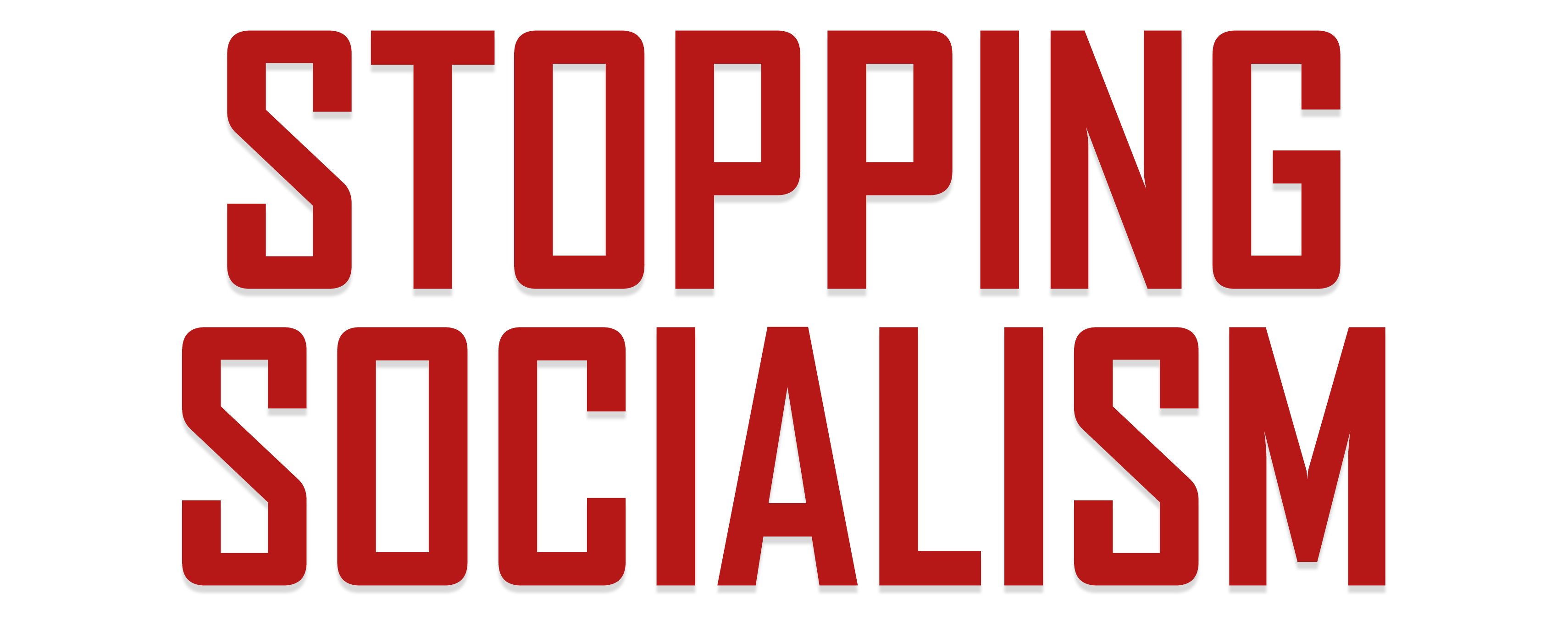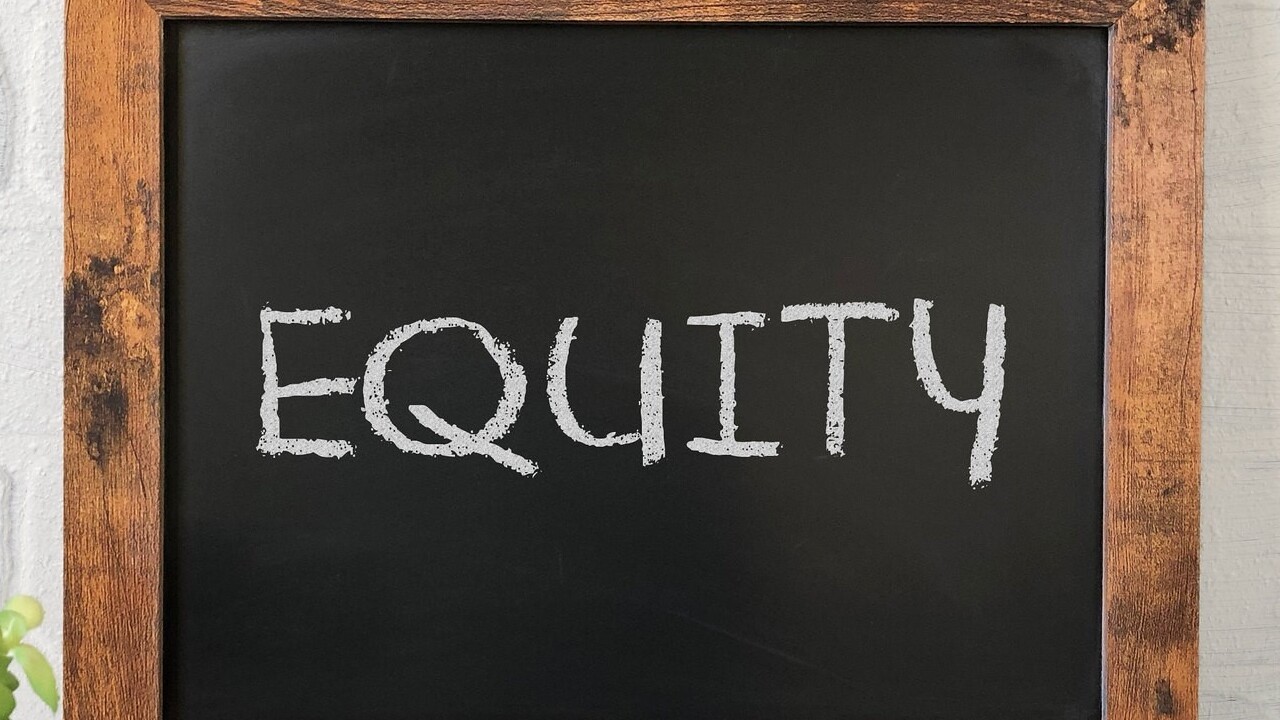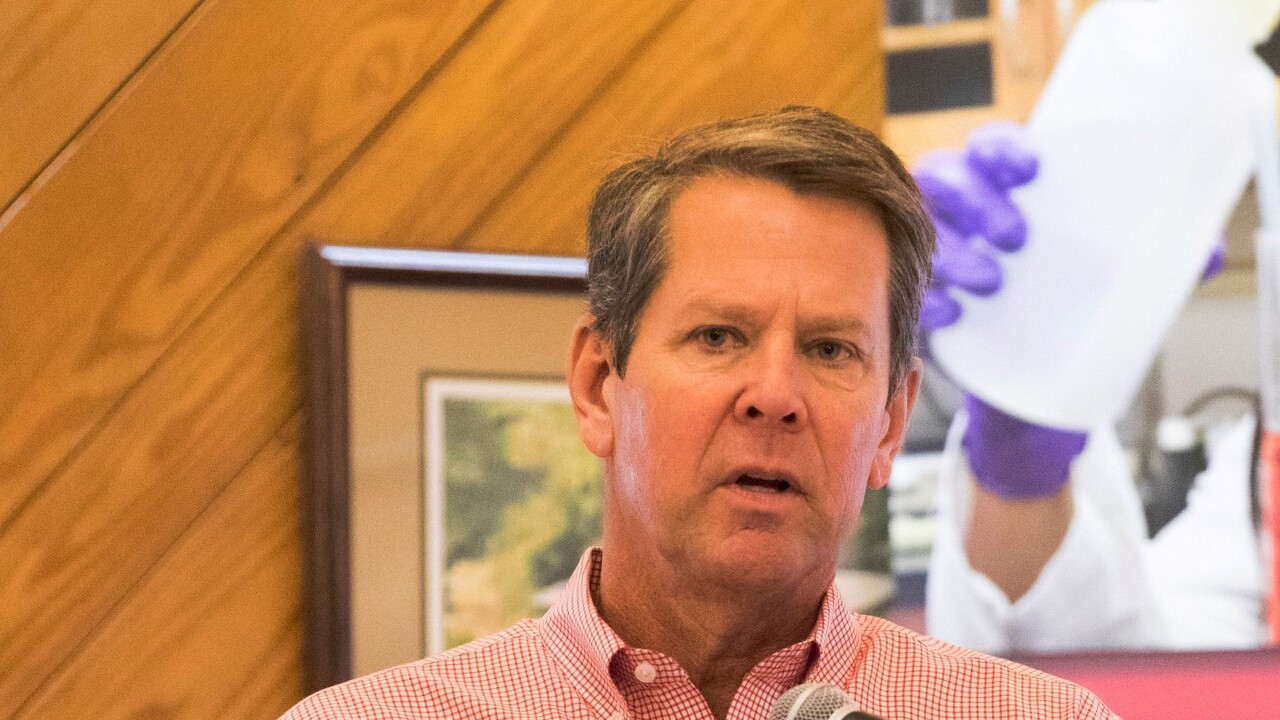Very few people would deny that diversity is a beautiful thing to see. When one walks into a room and sees people from different demographics, it can naturally feel very warm and welcoming; however, the current temperature regarding diversity and inclusion is reaching a boiling point.
It’s not about applauding variety welcomed through merit or character, but simply creating a diverse environment to check a box; for, according to the current cultural narrative, anything other than aiming for diversity is racist and discrimination.
If you dare try to argue the contrary–that discrimination is not always the issue (even using logic or reason), you would be laughed out of the room and called every name in the social justice playbook. This cry for diversity can be seen in nearly every sector, whether it’s the arts or politics.
Unless we see a nearly equal sprinkle of different people groups, racism must be at the helm. This frame of mind breeds racial tension; it also ostracizes people or sectors if they don’t get the diversity quota right; it erodes logic and reason; it also leaves out simple arithmetic regarding why the disparity may be taking place; it covers over the truth and only leaves space for the cry of racism being the only cause. Just look back in history at Nazi Germany, one can find that any type of forced utopia, hypersensitivity to race, and mass surveillance (so that you didn’t oppose the dictator), turned horrific.
Thomas Sowell said it well when he highlighted flawed perceptions and how it influenced “ideological movements, political crusades, and judicial decisions, up to and including decisions by the Supreme Court of the United States where ‘desperate impact’ statistics, showing different outcomes for different groups, have been enough to create a presumption of discrimination.” Social success cannot be streamlined or evenly distributed; the only way one can make social advancement “even” is through force and the notion of equity, which in the end is inequality and injustice.
Forced diversity under the guise of being “inclusive” can ignore individual merit and character; the obsession with this social quest begs the question of what the true motivating factors may be. It is quite evident that the current reward is woke virtue signaling that gains applause amongst woke peer groups and does nothing to unify society.
The underlying tone of “diversity and inclusion” stems from the highly popularized notion of ridding society of “white supremacy.” It continues the narrative. With race as the focus, forcing organizations to keep a tab on who is being hired or climbing the ranks within an organization hyper emphasizes skin color and what one looks like; the focus should be on character, integrity, skill and freely being able to choose a variety of people under that standard.
In any society, one can find empirical evidence that sheds light on why one person may become successful and not another within a given craft or community. Racism is rarely the case. Moreover, Sowell suggests there are “prerequisites” to achievement. Some prerequisites may be something as simple as will, desire, drive, or even having a good mentor. Sowell highlights that in some countries “. . .the first-born tend to go on to higher education more often than do later siblings” statistically speaking. Thus, there are many causes that can be at the root of any disparity. The phantom racist is not always available to blame.
Yes, there is beauty in diversity and the inclusion of all humankind; however, society’s current diversity and inclusion mantra is sadly breeding more division because of its victimizing premise, as well as isolating and patronizing tones steeped in equity; by this definition of diversity and inclusion we are headed back to inequality—a reverse effect.
PHOTO: Equity – Stock Photo. Photo by GotCredit. Attribution 2.0 Generic (CC BY 2.0).

Gina Lee
Gina is currently a graduate student at Liberty University where she is studying public policy to collaborate in the non-profit sector as well as teach at the collegiate level.





